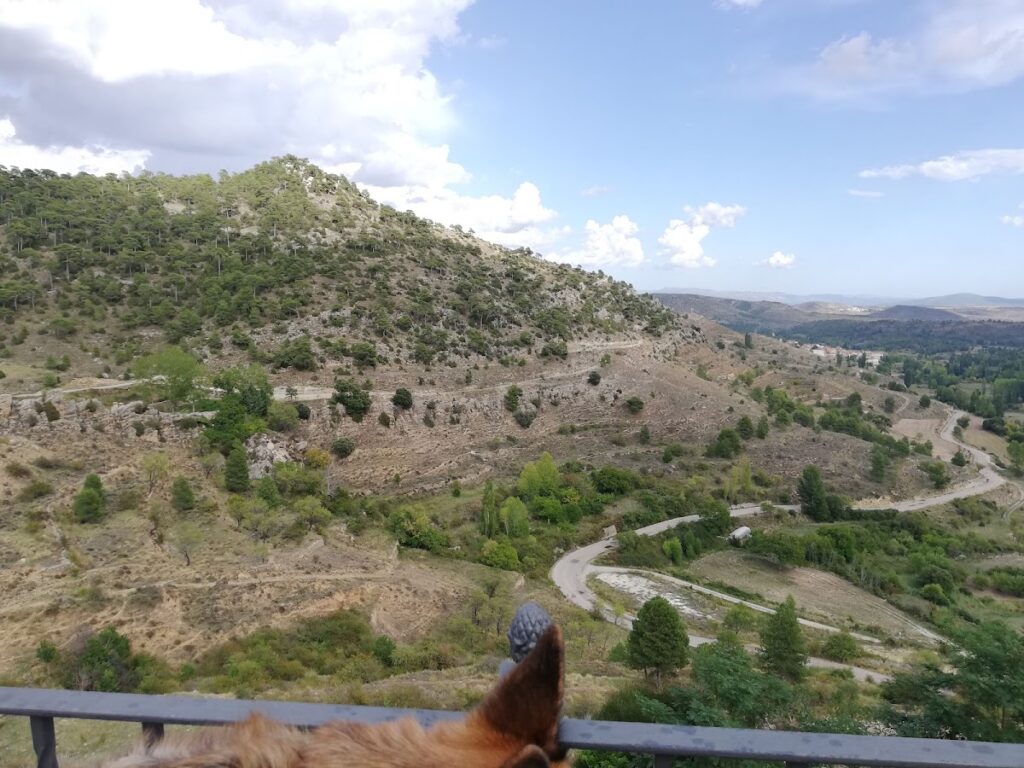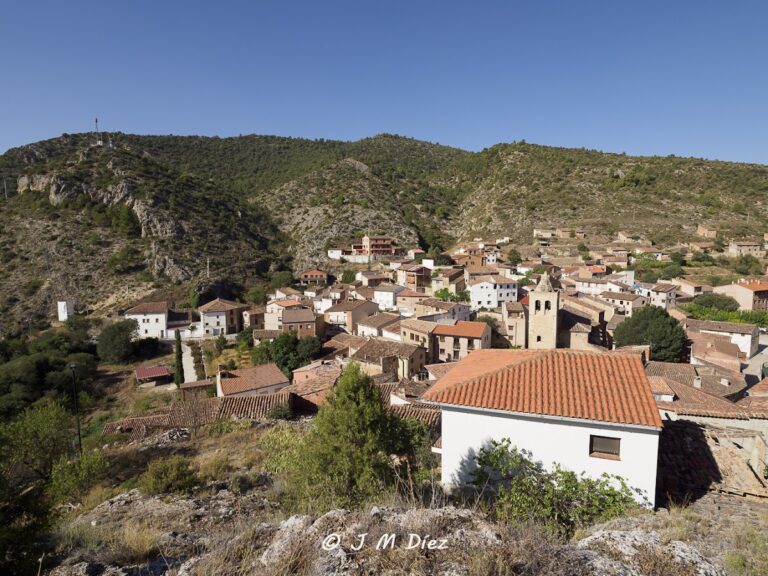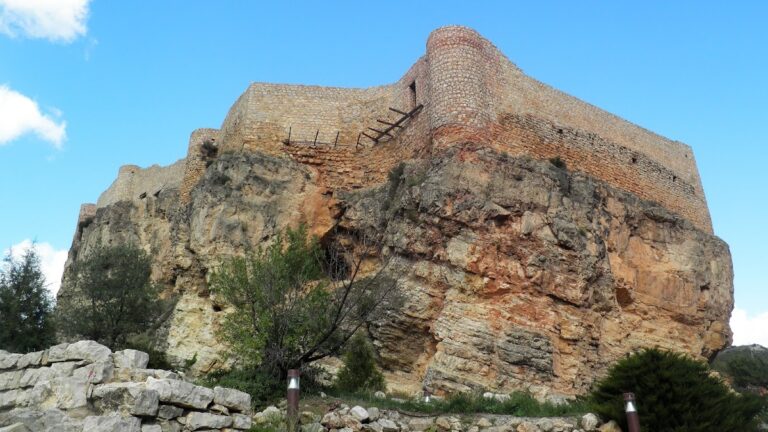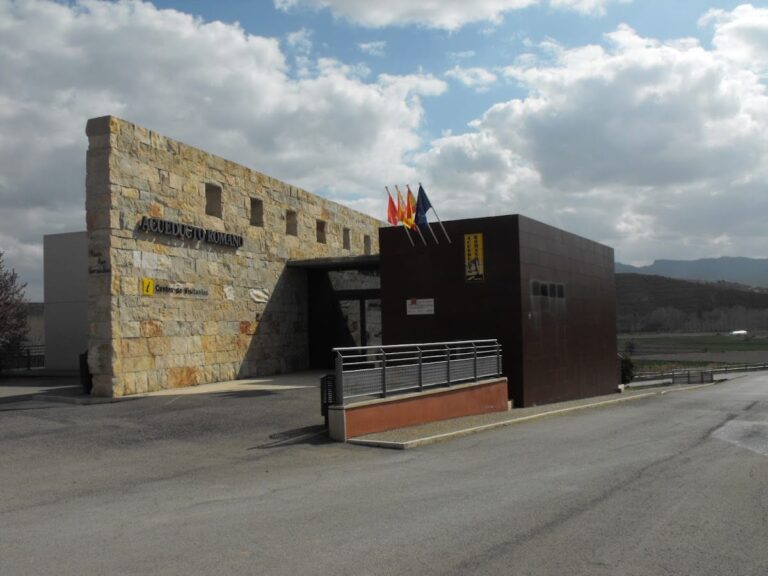Algarra Castle: A Medieval Fortress in Spain
Visitor Information
Google Rating: 4.7
Popularity: Very Low
Google Maps: View on Google Maps
Country: Spain
Civilization: Unclassified
Remains: Military
History
Algarra Castle is situated within the town of Algarra in Spain. While the exact origins of the fortress remain unclear, available evidence suggests its most active period was during the late Middle Ages. The castle’s walls, noted for their thickness and solidity, imply construction or significant use around this time.
Records from the early 13th century, including chronicles detailing the Christian conquest of the region, make no mention of Algarra Castle. This absence indicates the fortress likely did not hold major strategic or political importance during that era. Its role appears to have been limited or local in scope during the earlier medieval period.
By the 17th century, the castle had come under the domain of the Marquisate of Moya, a noble title that controlled territories in this part of Spain. In the following century, the governance of the town of Algarra shifted to the Marquisate of Villena, during which time Algarra was recognized as a seigneurial villa, a type of town under noble jurisdiction. These administrative changes reflect the castle’s integration into feudal structures and noble estates rather than as an independent military stronghold.
In the mid-19th century, descriptions of the site refer to the castle as ruins. At that time, the parish church serving Algarra was annexed to the neighboring town of Alcalá de la Vega, highlighting evolving religious and civic affiliations in the region. Throughout the 20th century, Algarra Castle gained legal protection under Spanish heritage laws to preserve its remains and prevent further degradation.
Remains
The castle is located atop the highest point of a rocky hill overlooking the town of Algarra. Its layout follows an elongated and irregular shape, adapting closely to the natural contours of the terrain. This design classifies it as a rock castle, a type of fortress built to take advantage of mountainous features for defense, particularly guarding a mountain pass and adjoining agricultural lands.
The surviving exterior walls are robust and constructed of faced stones carefully set in lime mortar mixed with small pebbles. Among the remaining fragments are a straight wall on the northern side and a curved section toward the northwest. At the northwestern tip of the enclosure, the remains of a heavily damaged structure are evident. This likely served as a watchtower or a comparable defensive lookout, positioned to monitor the approaches to the castle.
Within the castle’s boundaries, particularly near the summit’s southwestern sector, the current parish cemetery occupies the space. This cemetery includes a distinctly enclosed area reserved for burials of individuals who died by suicide, those excommunicated from the church, and unbaptized persons, reflecting historical religious customs regarding death and burial rites.
Additionally, the castle enclosure houses a potable water reservoir that continues to serve the local community. From the elevated summit, one can observe an extensive view across the southwest landscape, including the Algarra plain and the river bearing the town’s name. Nearby villages such as Casas de Garcimolina and Santo Domingo de Moya appear in the distance, along with the ruins of Moya fortress. The castle ruins and the town itself lie just above a local road connecting major highways in the region, underscoring the strategic placement of the site within its broader geographic context.
Over time, stones from the castle’s walls, towers, and internal buildings have been repurposed in other local constructions, contributing to the fragmentation of the remains. Despite this, key elements of the perimeter and the defensive structures remain identifiable, offering insight into the site’s medieval military function and its adaptation to the rugged hilltop setting.







